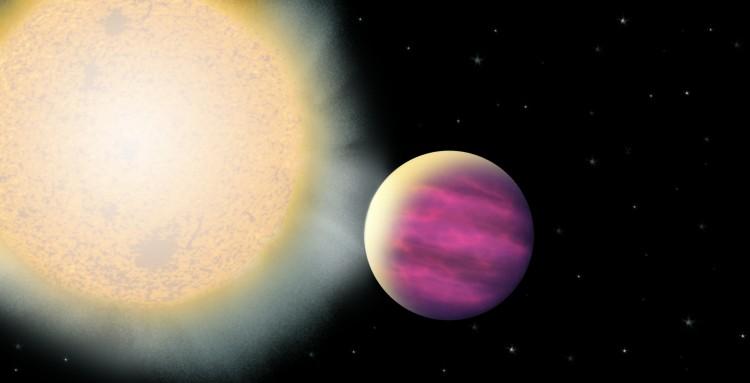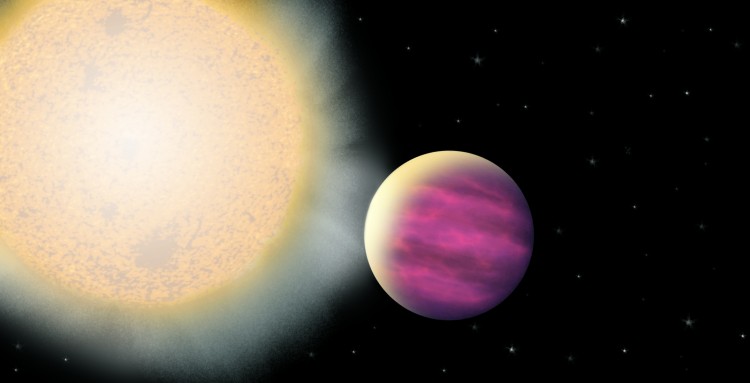Two unusual new exoplanets have been discovered through the Kilodegree Extremely Little Telescope (KELT) project, using its North telescope in Arizona.
Situated in the constellation of Andromeda, KELT-1b is a gigantic ball of metallic hydrogen orbiting its star so closely that it circles it every 30 hours with a probable surface temperature above 4,000 degrees Fahrenheit (about 2,200 degrees Celsius).
If you could stand on the planet’s surface, its sun would fill a quarter of the sky above.
It “resets the bar for ‘weird,’” according to astronomer Scott Gaudi at Ohio State University (OSU) in a statement.
Meanwhile, KELT-2Ab is located in the constellation of Auriga and is 30 percent larger than Jupiter. The dazzling light from its host star means astronomers can see the planet’s atmosphere using ground-based telescopes.
“Normally, we would need a space telescope to do all that, but in this case the host star is so bright that we can make many of these measurements from the ground,” said researcher Thomas Beatty, also at OSU, in the statement.
Due to its extreme density, KELT-1b, at 27 times Jupiter’s mass, is actually a brown dwarf or failed star, but its size, slightly larger than Jupiter, is larger than expected.
“This is the first definitively ‘inflated’ brown dwarf found, and exactly how this happened is a complete mystery that should keep theorists busy for a while,” Gaudi said.
Extremely few exoplanets are both so massive and so close to their parent stars.
“This is a great system for studying orbital dynamics,” said lead investigator Robert Siverd at Vanderbilt University in the statement. “It has the strongest tides of any brown dwarf system found so far.”
Both solar systems contain two stars, which may be a “smoking gun” clue as to how such large planets end up so close to their suns, Gaudi said.
“We think they are born at much larger, colder distances, and then like retirees moving to Florida, they move to warmer climes as they get older.”
The team’s findings were reported at the American Astronomical Society national meeting in Alaska.
The Epoch Times publishes in 35 countries and in 19 languages. Subscribe to our e-newsletter.





